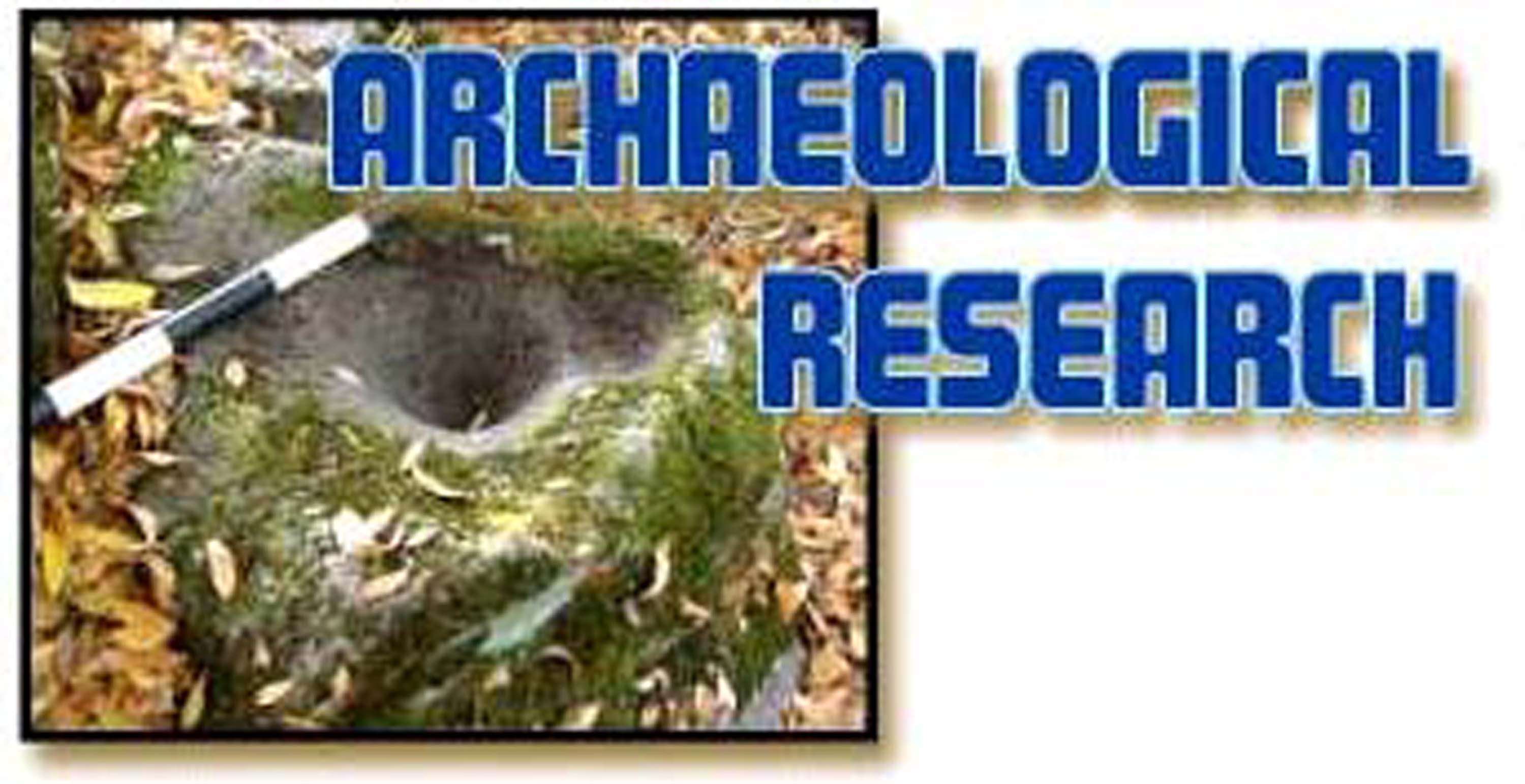Elem JK Excavation Unit
Introduction





The JK Unit was named after John Kelsey (Elem Tribal Elder)
who’s house use to stand in the area of this excavation.
For more about the JK Unit, see the drop-down menu under the “Elem JK Unit” heading above.
Unit JK was located on the level ground surface within the traveled way of the Lot 28 road but along its northern edge.
The unit was oriented in a general east-west direction in line with the existing roadway.
Unit JK was a 1 X 2 meter excavation conducted in arbitrary 10 cm levels based on the surface contour. Each 10cm of soil was dry screened through 1/4” mesh shaker screens. All material not passing through the screen was bagged and returned to the lab for processing. The unit was excavated to a depth of 40 cm.
Unit JK soils were cleanly layered. At the base of the unit (40 cm) the floor was covered with fist-sized volcanic bombs suggesting a major volcanic event. Lying atop these rocks was a 30 cm thick cultural midden consisting of dark gray/brown soils containing an abundance of obsidian, shell, and charcoal. Atop the cultural soil was a layer of light brown gravelly fill, most likely brought in as fill to stabilize the roadbed. Atop this road fill was a layer of mine waste that had also been used to fill in wheel ruts and stabilize the roadbed. The wheel ruts are easily seen in the east and west profile drawings.
- Light yellow/brown mine waste.
- Light brown gravely fill soil.
- Dark gray/brown midden containing an abundance of shell, charcoal, and obsidian.
Both the soil profiles and the excavation level records indicate that the mine waste layer did not extend below a depth of 10 cm.
The photo at left of the 40cm floor of unit JK shows a layer of volcanic bombs. It is likely that this layer covers much of the reservation and is the geologic marker of the most recent eruption within the Lake Basin.
The volcanic bomb pictured at the bottom is typical of those recovered from unit JK.
JK Unit Historic Disturbance (soil integrity)
Analysis of all material recovered indicates the range of cultural material represented in the unit. The left graphs below show all material by level and all material minus chipped stone (debitage).
The right graph shows only “Euro American Other” material and indicates the depth to which historical soil mixing has occurred.
It is clear from the right graph that most recent historic material was recovered from the top 10cm (5 times the weight of historic material recovered from any other level). This indicates that soils within the top 10cm of the unit were historically mixed. Although a small amount of historic material was recovered from all levels, it is likely that these materials were moved through the soil column by rodent action and do not indicate historical soil mixing.
This suggests that soils below a depth of 10cm at unit JK remained intact.


